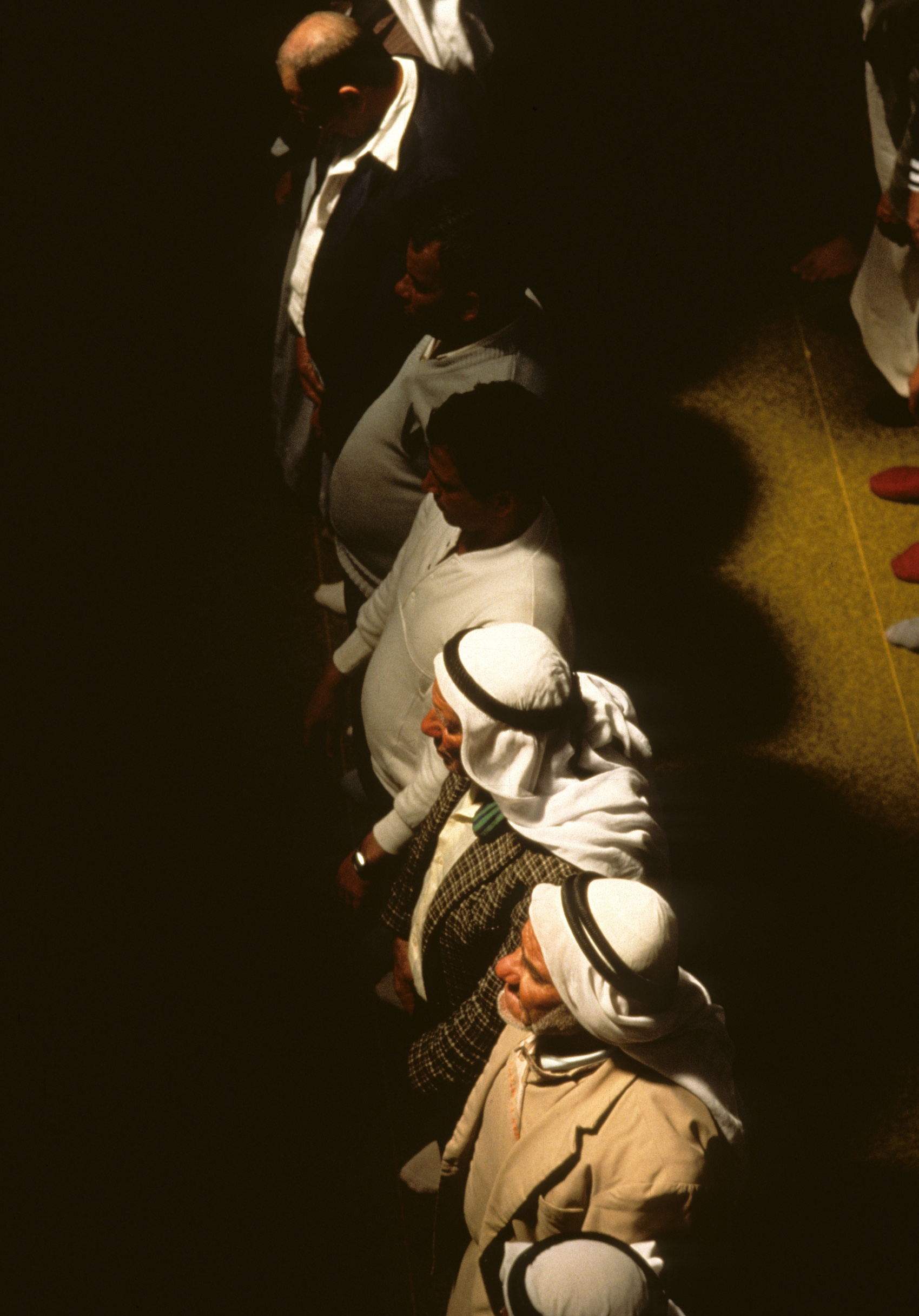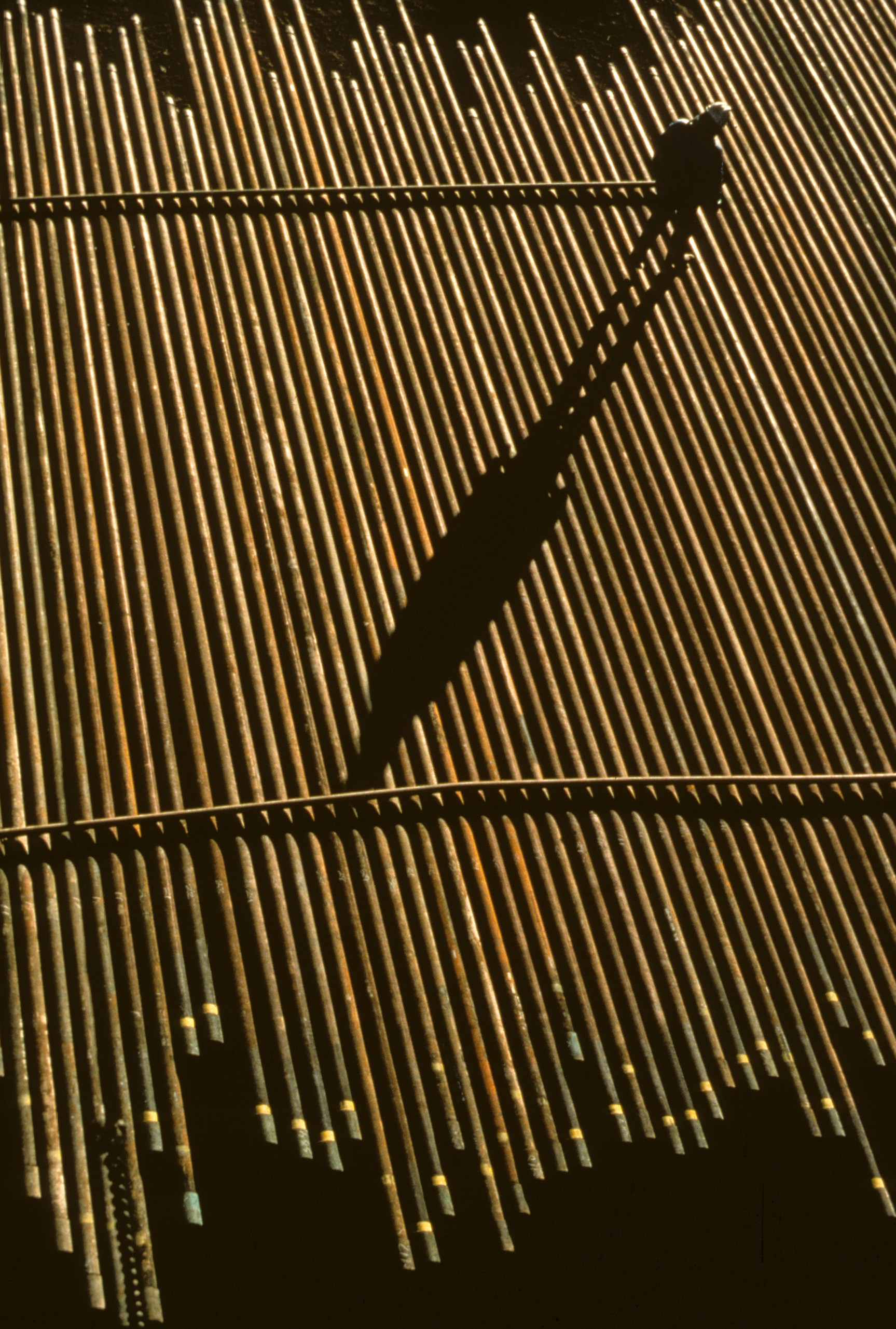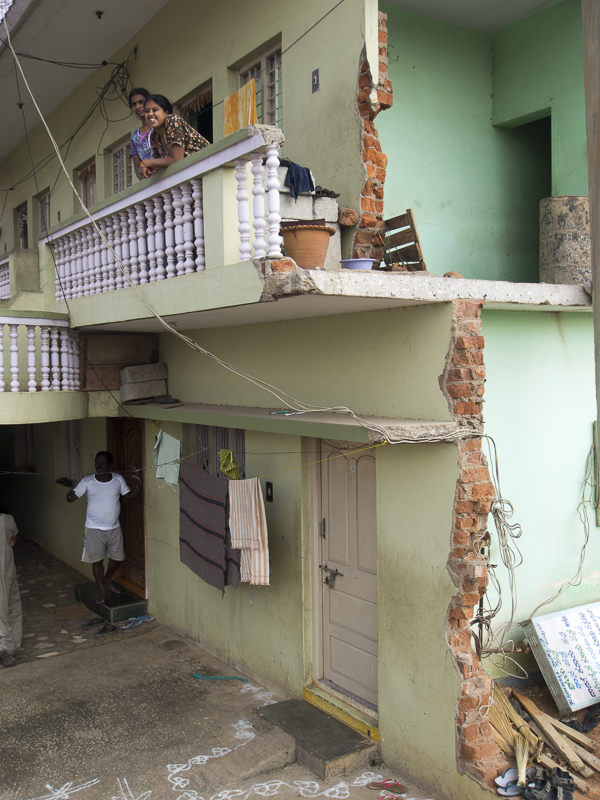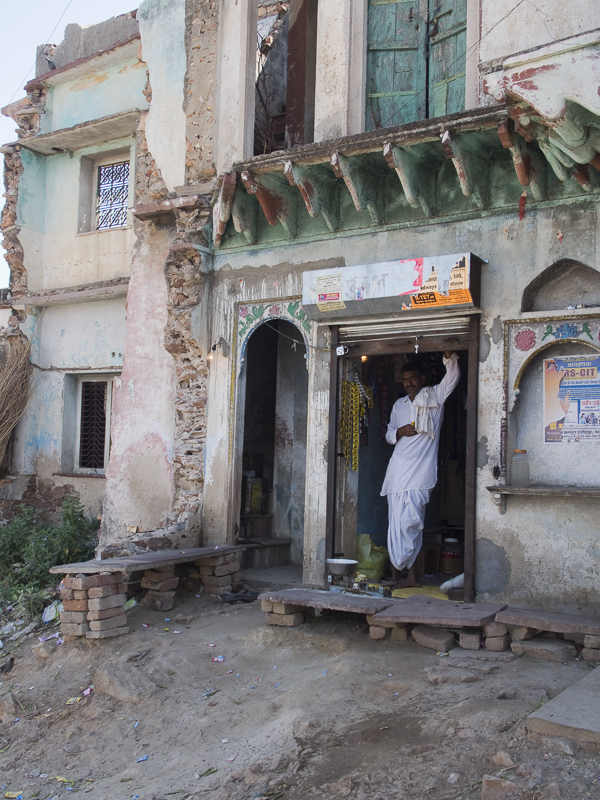In this second of four blog entries on the photo-essay, we will explore shooting strategies for photographing a photo-essay. At the start of photographing any photo-essay, you need to have a loose idea of what your photo-essay should look like that you will stick with, which is what we explored in last weeks’s blog entry. At the same time, you need to be open to the fact that your idea for the photo-essay and the reality on the ground are very often different.
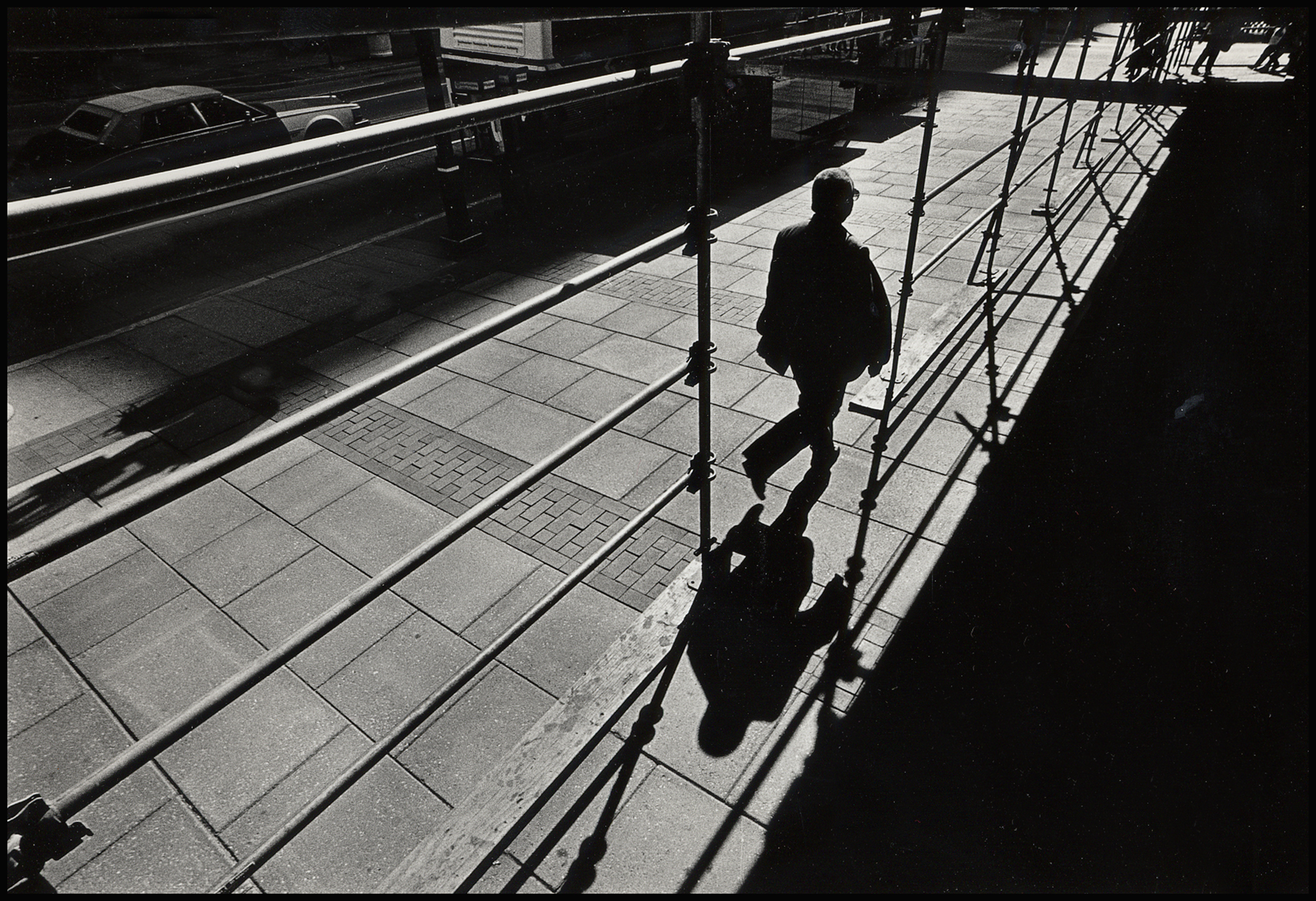
 Early on, you will be doing photography (and also a kind of research) in order to align your idea with the reality you encounter. This early part of the photography is the best time to experiment with different photographic approaches to the subject. This experimenting will help you decide if your photo-essay will be portraits, landscapes, etc. This is similarly a good time to experiment with different presentation strategies, as in, is the final work going to be black and white or color, panoramas or square format, etc.?
Early on, you will be doing photography (and also a kind of research) in order to align your idea with the reality you encounter. This early part of the photography is the best time to experiment with different photographic approaches to the subject. This experimenting will help you decide if your photo-essay will be portraits, landscapes, etc. This is similarly a good time to experiment with different presentation strategies, as in, is the final work going to be black and white or color, panoramas or square format, etc.?
No one presentation strategy works for all kinds of photo-essays, but whatever you choose should support the idea that you developed in the initial planning of your photo-essay. The shooting and presentation strategies should both contribute to the visual, stylistic unity that is so important in keeping your photo-essay on track. ![]()
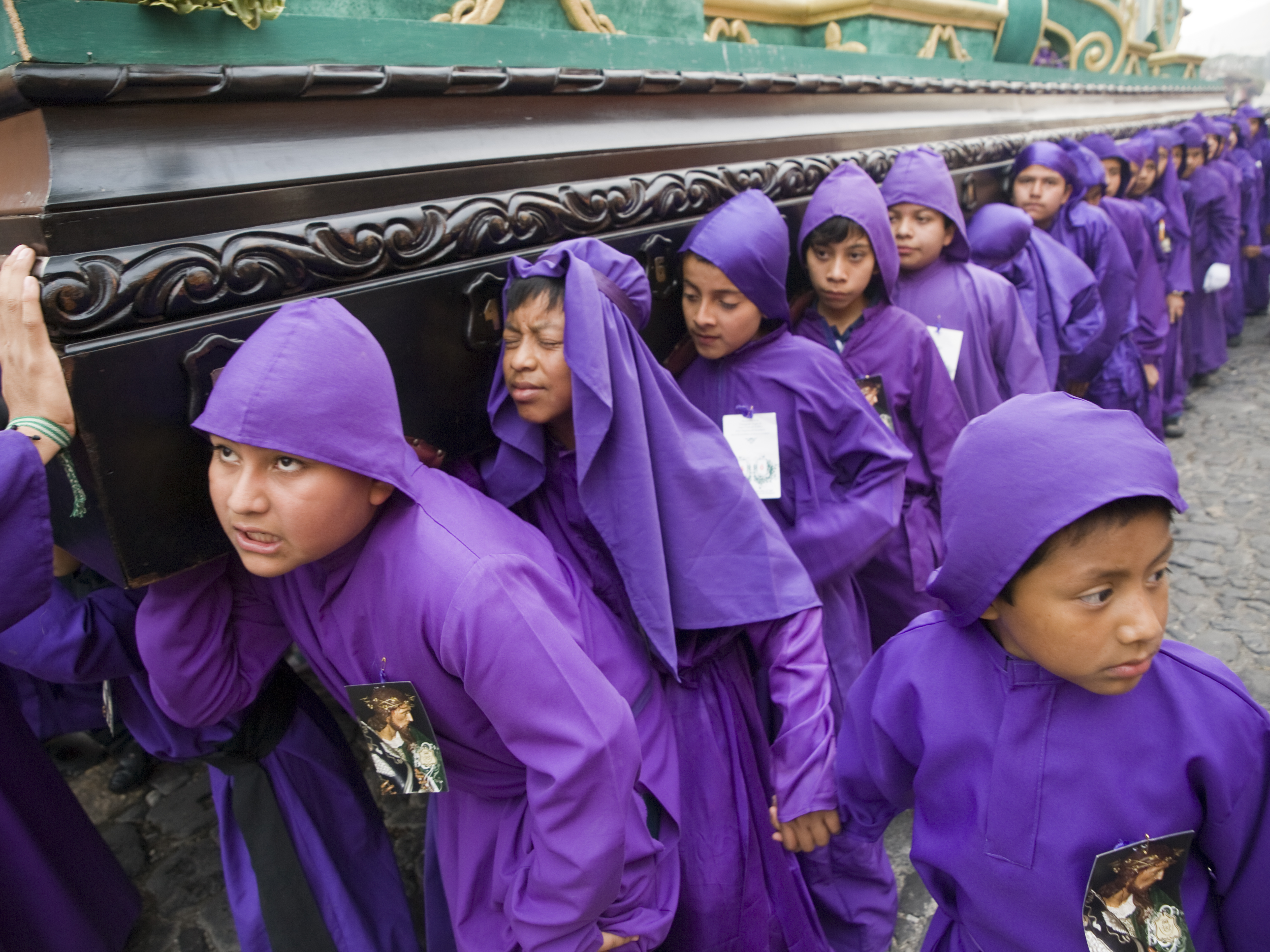 At this early stage in my photo-essays, I am typically shooting lots and lots of images. Horizontals, verticals, shooting from above looking down like a giraffe and shooting from below, looking up like a dog. I am also experimenting with lenses, time of day, depth of field, the quality of light, etc., all in order to find a visual language that will support my idea for the photo-essay (and will keep the final work visually unified.)
At this early stage in my photo-essays, I am typically shooting lots and lots of images. Horizontals, verticals, shooting from above looking down like a giraffe and shooting from below, looking up like a dog. I am also experimenting with lenses, time of day, depth of field, the quality of light, etc., all in order to find a visual language that will support my idea for the photo-essay (and will keep the final work visually unified.)
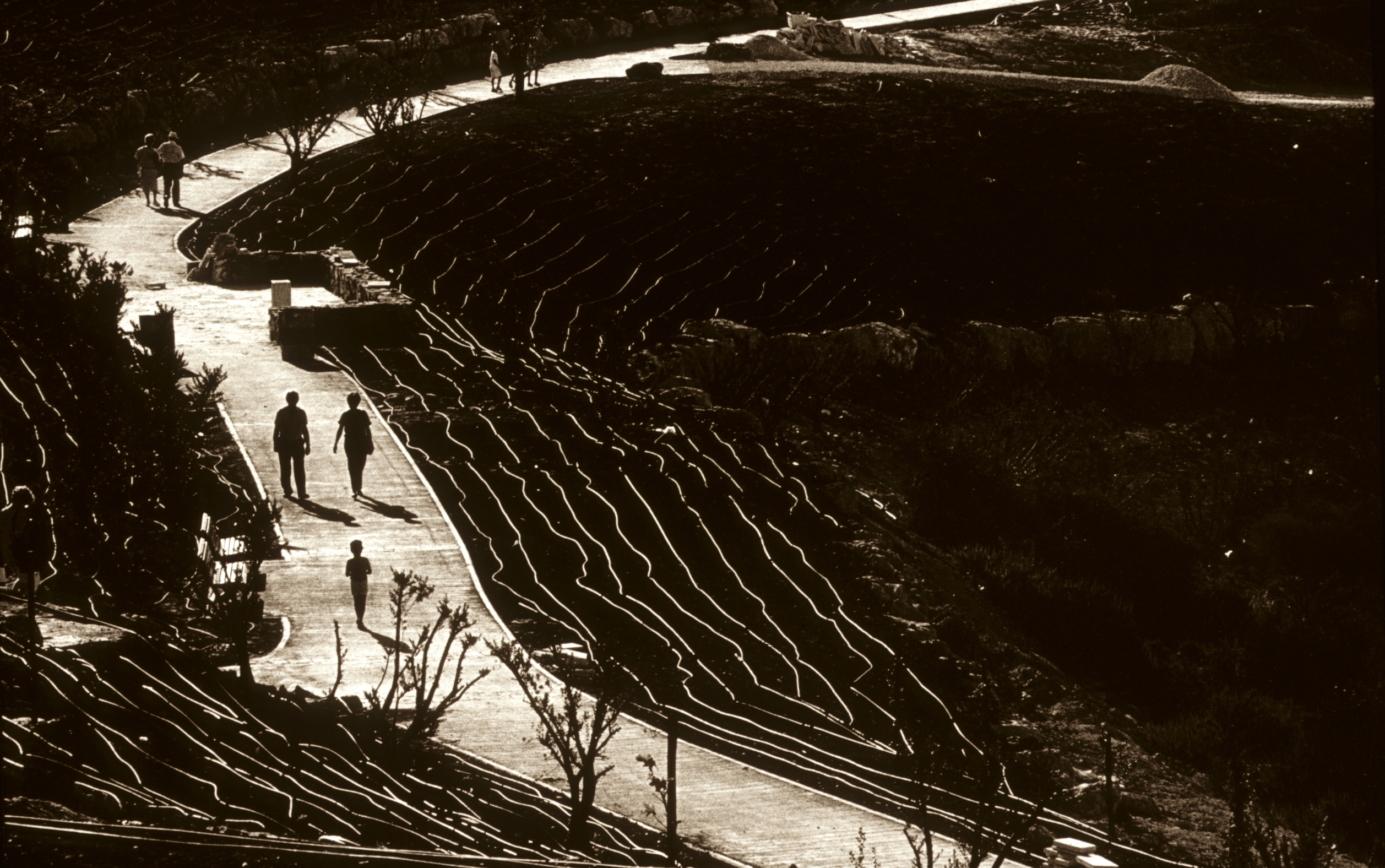 When I am not photographing, I am looking at the photography of others who have photographed the same topic, location, idea, theme, etc. I am not looking to copy what they have done! I want to learn what has been done before, what visual language have been used before and if that language works with or against my idea. I want to see how my predecessors have surmounted some of the challenges I am facing, etc. This research clearly impacts my photographing in that I take what I find in my research and then I apply it to my photography.
When I am not photographing, I am looking at the photography of others who have photographed the same topic, location, idea, theme, etc. I am not looking to copy what they have done! I want to learn what has been done before, what visual language have been used before and if that language works with or against my idea. I want to see how my predecessors have surmounted some of the challenges I am facing, etc. This research clearly impacts my photographing in that I take what I find in my research and then I apply it to my photography.
There is no one-size-fits-all formula for a photo-essay, which is why I am being rather vague in these blog entries. If I just “tell you what to do” then you will be making my photo essay and not your photo-essay.
In the next blog entry, I will discuss editing the many images you are making for your photo-essay down to a select few, as you work towards the final project. The key to that process is having lots of material to look at, which mean shooting very loosely and experimenting a great deal at this early point in the process.
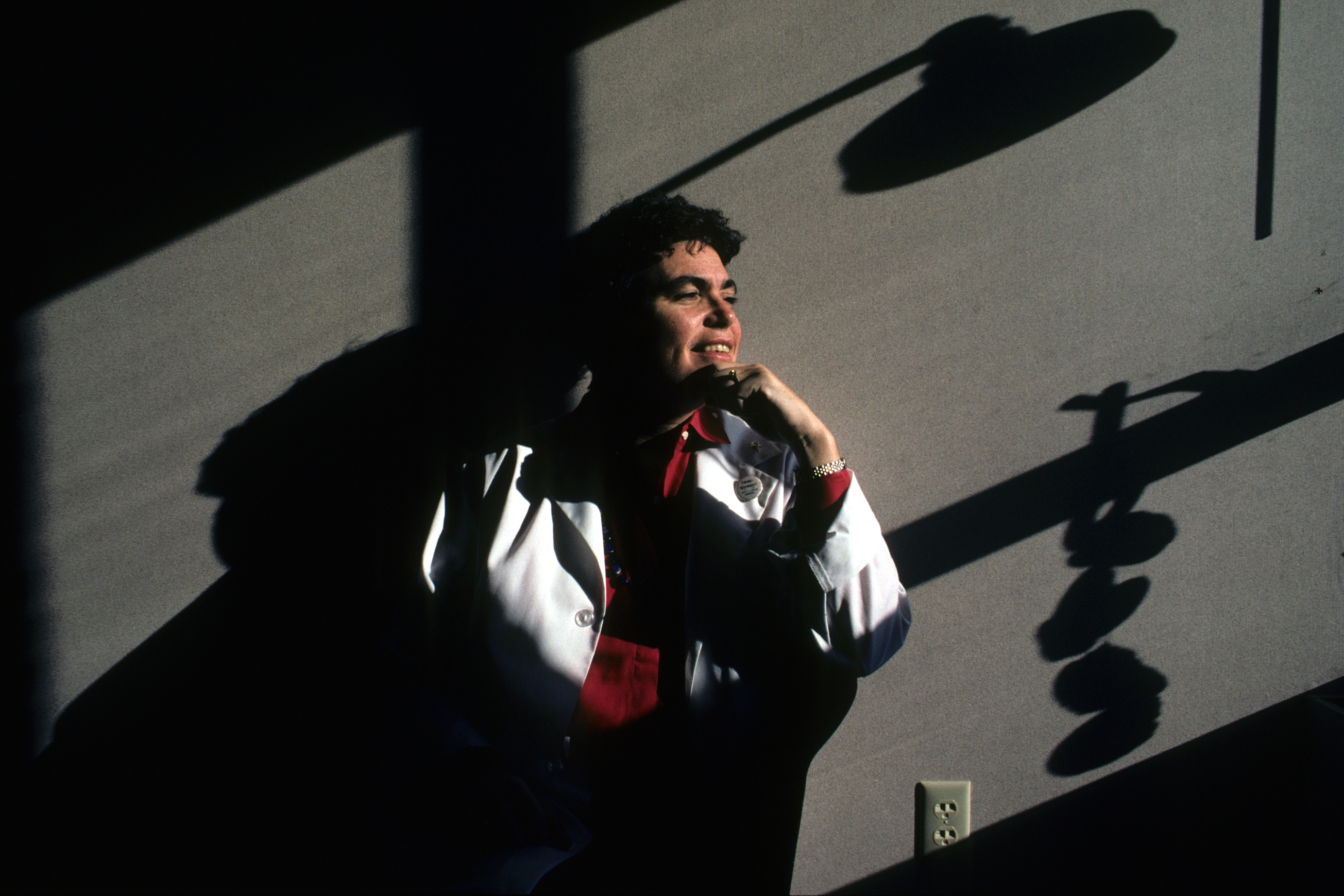
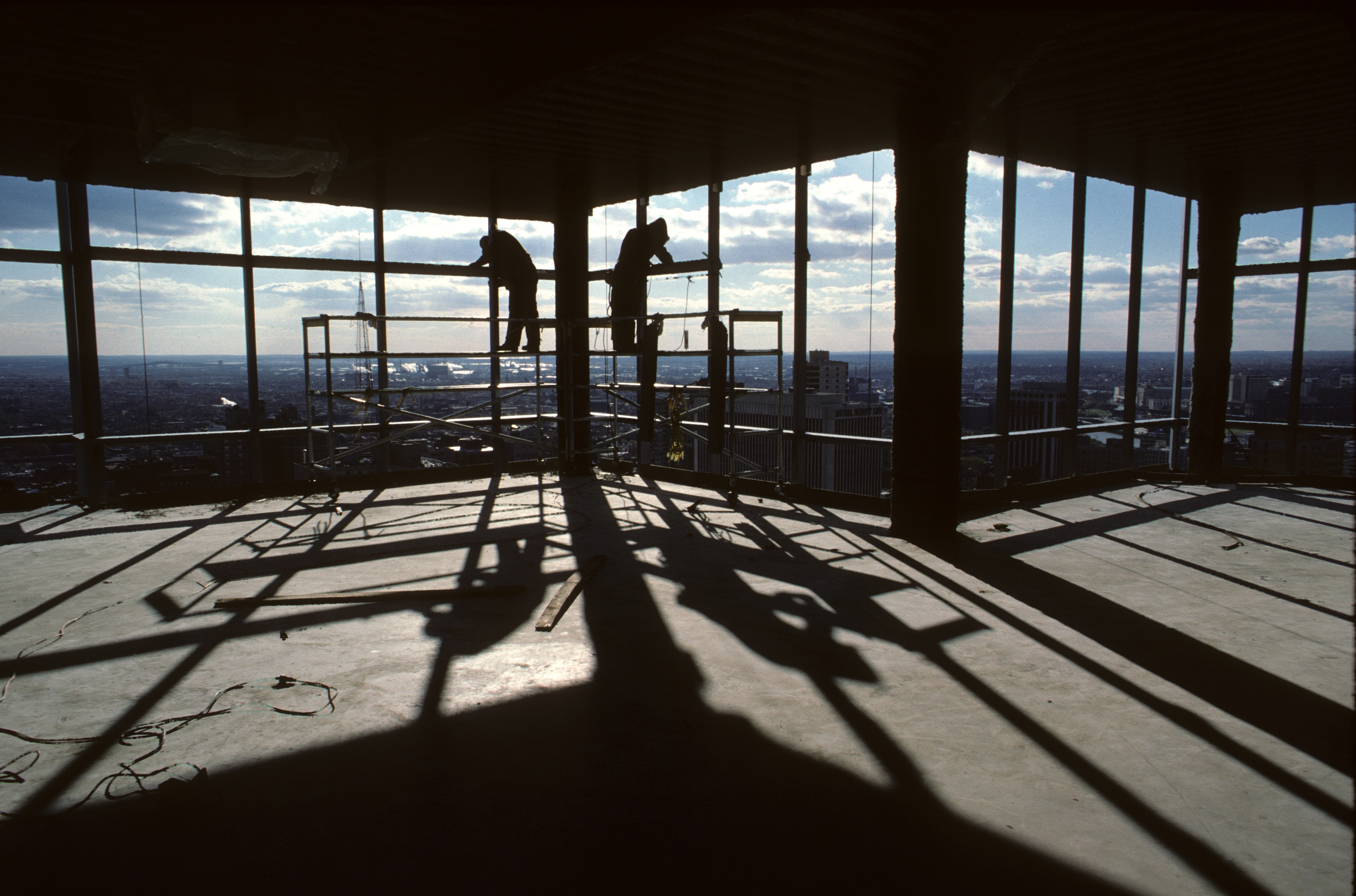 As the photo-essay evolves you will have to become more and more disciplined about staying on message and only making images that support your idea. At this point you are still deciding what your message is and how you will deliver that, so for now, silence your inner critic and shoot, shoot, shoot.
As the photo-essay evolves you will have to become more and more disciplined about staying on message and only making images that support your idea. At this point you are still deciding what your message is and how you will deliver that, so for now, silence your inner critic and shoot, shoot, shoot.
For Part 1 of David Wells guide to The Photo Essay, click here.
David H. Wells is a free-lance documentary photographer based in Providence, Rhode Island, affiliated with Aurora Photos. He specializes in intercultural communications and the use of light and shadow to enhance visual narratives. He is an award-winning, digitally capable editorial, commercial and location photographer producing imagery for clients in New England as well as nationally and internationally. Past assignments have been for Life Magazine, National Geographic, the New York Times Sunday Magazine and the Philadelphia Inquirer Sunday Magazine, to name a few. His photo-essays produced for publication and exhibition, have focused on globalization in India and Bangladesh, the pesticide poisoning of farm workers in California, the lives of South Asian immigrants in America, the challenges facing fishermen in New England as well as the complex relationship between Israelis and Palestinians. He has done work for numerous corporations including Consolidated Natural Gas and DuPont. He has also worked for a number of non-profit organizations including Brown University, the Ford Foundation and the New Israel Fund, among others. He is a member of the American Society of Media Photographers (ASMP,) Creative Eye and the National Press Photographer’s Association.
David’s Site » http://davidhwells.com/
David’s Blog » http://thewellspoint.com/
David’s Facebook » https://www.facebook.com/thewellspoint
David’s Twitter » https://twitter.com/thewellspoint
David’s Vimeo » https://vimeo.com/thewellspoint/
David’s Tumblr » http://thewellspoint.tumblr.com/
David’s Workshops » http://davidhwells.com/workshops/index.php
PDN award » http://www.pdnonline.com/features/PDN-Reader-Survey-T-3302.shtml
Olympus Visionary » http://www.getolympus.com/us/en/visionaries/david_wells
